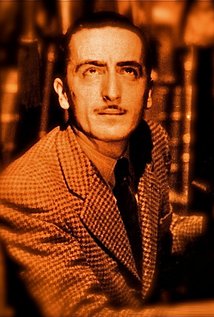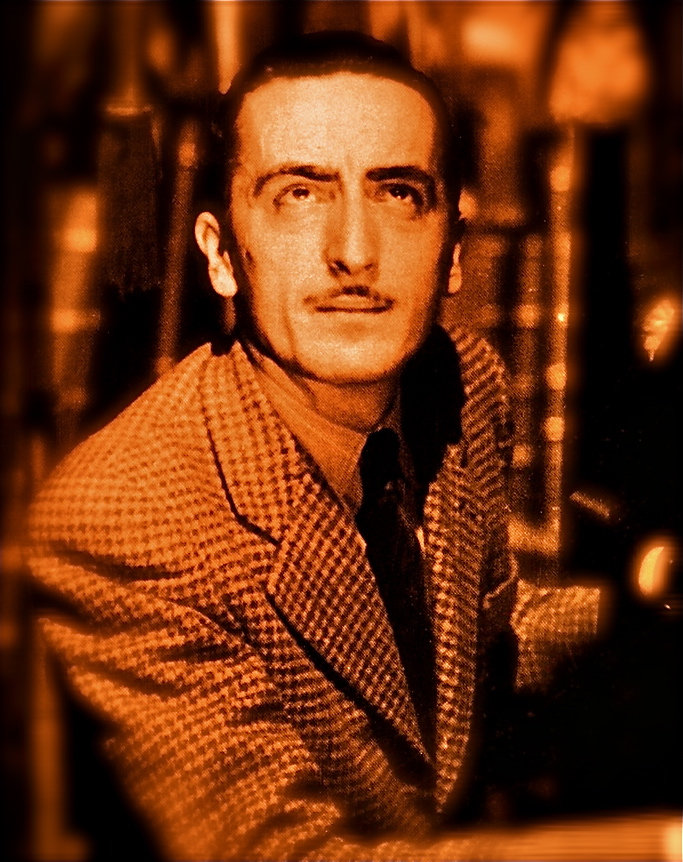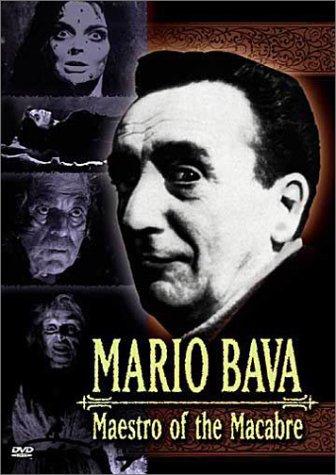Italian director Mario Bava was born on July 31, 1914 in the coastal northern Italian town of San Remo. His father, Eugenio Bava (1886-1966), was a cinematographer in the early days of the Italian film industry. Bava was trained as a painter, and when he eventually followed his father into film photography his artistic background led him to a stron...
Show more »
Italian director Mario Bava was born on July 31, 1914 in the coastal northern Italian town of San Remo. His father, Eugenio Bava (1886-1966), was a cinematographer in the early days of the Italian film industry. Bava was trained as a painter, and when he eventually followed his father into film photography his artistic background led him to a strong belief in the importance of visual composition in filmmaking.Other than a series of short films in the 1940s which he directed, Bava was a cinematographer until 1960. He developed a reputation as a special effects genius, and was able to use optical trickery to great success. Among the directors for whom Bava photographed films were Paolo Heusch, Riccardo Freda, Jacques Tourneur and Raoul Walsh. While working with Freda on I vampiri (1957) in 1956, the director left the project after an argument with the producers and the film mostly unfinished. Bava stepped in and directed the majority of the movie, finishing it on schedule. This film, also known as "The Devil's Commandment", inspired a wave of gothic Italian horror films. After a similar incident occurred on Freda's Caltiki il mostro immortale (1959), and Bava's having been credited with "saving" Tourneur's La battaglia di Maratona (1959), Galatea urged Bava to direct any film he wanted with their financing.The film that emerged, La maschera del demonio (1960), is one his most well known as well as one of his best. This widely influential movie also started the horror career of a beautiful but then unknown British actress named Barbara Steele. While Black Sunday is a black and white film, it was in the color milieu that the director excelled. The projects which followed began to develop stunning photography, making great use of lighting, set design, and camera positioning to compliment mise-en-scenes bathed in deep primaries. Through works such as Ercole al centro della Terra (1961), La frusta e il corpo (1963), and Terrore nello spazio (1965), Bava's films took on the look of works of art. In the films La ragazza che sapeva troppo (1963) and 6 donne per l'assassino (1964), he created the style and substance of the giallo, a genre which would be perfected in the later films of Dario Argento.Bava worked in many popular genres, including viking films, peplum, spaghetti westerns, action, and even softcore, but it is his horror films and giallo mystery films which stand out and for which he is best remembered. Recommended are Black Sunday (1960), The Whip and the Body (1963), Blood and Black Lace (1964), Operazione paura (1966), Reazione a catena (1971), and Lisa e il diavolo (1973). Bava's son Lamberto served as his assistant on most of his films since 1965, and since 1980 has been a director himself. Lamberto Bava's films include Macabre (1980), Demons (1985) and Body Puzzle (1992).But after the commercial failure of his later films, as well as the unreleased works of Cani arrabbiati (1974), Bava went into a decline and by 1975, retired from filmmaking all together. He was persuaded to come out of retirement at the request of his son, Lamberto, to direct Shock, as well as a made-for-Italian television movie. Mario Bava died from a sudden heart attack on April 27, 1980 at age 65. With his death, an era in Italian filmmaking had come to a close.
Show less «





